The southernmost country on the African continent, South Africa stretches between two great oceans: the Atlantic to the west, and the Indian to the east. Around five times the size of the UK, this large country is of course famous for the chance to go on safari: savannah and wetlands accommodate giraffes, rhinos, hippos and elephants, to name a few big game animals.
There are the vast plateaus of the Highveld, the ridge that is the Great Escarpment, heathlands of the west, flat-topped hills of the Karoo landscape, beaches popular with surfers, vast deserts, and even temperate rainforests in the Garden Route. Ecosystems abound in this African nation.
In this post, we'll cover:
Western Cape
Set in the most southwesterly corner of South Africa is the province of Western Cape. Home to arguably the country’s most famous city, Cape Town, it’s in this settlement that you’ll find one of South Africa’s most well known landmarks: Table Mountain. Though you can catch a cable car to the top, you can always hike to its 1,085m summit instead.
The famous and suitably named Garden Route, a rightly popular 300-kilometre east-west roadtrip. Here you’ll find a selection of coastal towns like Knysna, complete with turquoise seas and beautiful beaches; and Hermanus, which is arguably the best land-based spot for whale watching from July to November, when southern right whales migrate north.
Between the Outeniqua Mountains and the Southern Indian Ocean, there are swathes of Afromontane Forest, a type of temperate rainforest. The coast itself is about its beaches and surfing.
There’s also Cape Winelands, which is perfect for wine-lovers: think countless wineries, vineyards and wines to taste.
Eastern Cape
To the east of Western Cape, of course, is Eastern Cape. With a diverse landscape, this province also features a good portion of the Garden Route – home to more temperate rainforest – north of which is the dry, semi-arid, Karoo region; the rugged coast is interspersed with beaches.
Here is where you will find Addo National Park, with populations of 170 elephants as well as Cape buffalo and black rhino. Another national park, which makes up part of the Garden Route, is the Tsitsikamma National Park. This is a coastal nature reserve that encompasses the soaring and famous yellow redwood named the Big Tree. Tsitsikamma is a renowned spot for whale watching, too.
There’s also Jeffrey’s Bay, a wild coastline popular with surfers that’s edged by subtropical forest. Port Elizabeth, another coastal town, has a bit of everything: a multitude of beaches, charming Victorian-era heritage areas – such as the Old Hill – and big game reserves on its doorstep.
Northern Cape
Northern Cape is the largest province of South Africa. Larger than Germany, for example, there are seemingly unending distances between its major towns. Whilst there are shores on the South Atlantic coast, it also shares long borders with Namibia and Botswana.
A sprawling portion of this region is taken up by the area of Namaqualand. This is the largest district in the whole country and is known for its stunning nature, particularly its wild flowers in the springtime. The banks of the Orange River here are popular for hiking and soaking up the Namakwa daisies and the surrounding natural landscape in the Namaqua National Park.
Part of the Kalahari Desert also slices into this region. With its red sand dunes and acacia trees, this is a stark and unforgiving but beautiful place to experience. The Kgalagadi Transfrontier Park found here is a vast area of dry rivers and dunes; come here to see herds of wildebeest as well as black maned Kalahari lions.
Free State
The primarily Boer province of Free State is all about its agriculture. Bordering Lesotho to the southeast, this area is home to around thirty thousand farms and is, for the most part, set at an elevation of over 1,000 metres above sea level.
Here there are flat, grassy plains, pasture land, and little in the way of hills. There are however some mountains in the east, with the Drakensberg range as well the Maluti Mountains pushing above 2,000m.
The golden sandstone cliffs in this area form a natural border with neighbouring Lesotho and is where you will find the Golden Gate Highlands National Park. Caves, cliffs, rock formations, and rugged hiking trails await the intrepid visitor.
Bloemfontein is a wonderful city, one of South Africa’s three official capitals, and is nicknamed the “City of Roses”
KwaZulu-Natal
KwaZulu-Natal is the coastal, easternmost province of South Africa and the northern neighbour of Eastern Cape. Roughly the size of Portugal, it also borders Eswatini (Swaziland) and Mozambique to the north. Coastal Durban is the largest city of the province, the country’s third-largest, and is famous for its long, sandy beaches.
This province’s nature has been recognised the world over for its beauty and diversity. The iSimangaliso Wetland Park, for example, is a tropical area comprising numerous coastal habitats, including beaches, coral reefs, dunes and swamp. Elephants and hippos can be spotted here.
uKhahlamba Drakensberg Park – part of the mountain range spilling over from eastern Free State and Lesotho – is a stunning place to explore. There are a number of famous peaks in this lush, craggy landscape, including the vast Giants Castle and the sawtooth Cathedral Peak.
The most famous of these formations, however, has to be the imposing Amphitheatre, a soaring ridge buttressed by hills. Its from this massive rock that the Tugela Falls, second tallest waterfall in the world, spill from the plateau and drop 948 metres.
North West
This aptly named province has Free State to its south, Northern Cape to the west, Botswana to the north, Gauteng to the east and Limpopo to the northeast.
Whilst most of North West is sweeping, tree-dotted grassland, there is the stark Magaliesberg mountain range running northwesterly. Get a cable to the top of the range, from Hartbeespoort Dam close by, for incredible panoramic views. The Magaliesberg range boasts Hamerkop Kloof, a stark crack in the earth.
Nearby is Pilanesberg National Park, where you can find Pilanesberg; this is a circular, volcanic structure, the remnants of an extinct volcano that last erupted millions of years ago. Borakalalo National Park is a huge conservation area crisscrossed by trails. More wildlife awaits here, with rhinos, giraffes, hippos and monkeys to be seen.
Nestled elsewhere in the North West is the gigantic resort of Sun City, a collection of hotels, casinos, pools and easy access to wildlife experiences.
Gauteng
Meaning “Place of Gold” in the Sotho language, Gauteng is the smallest of South Africa’s provinces. Despite being the smallest, it’s the most populated province: here you’ll find Johanessberg and administrative capital, Pretoria. Much of the province is also cultivated for agriculture.
It’s the only landlocked province without a foreign border; Gauteng is also high altitude, at around 1,500 metres above sea level in large, inland plateau area called the Highveld. Some parts of the Magaliesberg mountains cut through the province, and so does the scarp of Witwatersrand.
Despite the high altitude, Gauteng also boasts subtropical corners as well as arid savannah. It’s also a noted region for being the location of the so-called Cradle of Humankind, made up of cave systems where fossilised remains of ancient hominids were found – some up to forty-thousand years old.
Mpumalanga
With Mozambique and Swatini (Swaziland) on its eastern borders, Limpopo to the north, Gauteng to the west, KwaZulu-Natal and Free State to the south, Mpumalanga is Zulu for “place where the sun rises”. It’s home to a varied landscape, with vast valleys, rapid rivers, magnificent mountains and thick forests.
A popular place for outdoor activities, it’s in Mpumalanga where you’ll find the southern part of the Kruger National Park – an enormous nature reserve, one of Africa’s largest, that’s teeming with big game that’s an ideal place to go on safari.
The Blyde River Canyon Nature Reserve is the location of one of the world’s largest canyons. Dubbed the Green Canyon, this is a sizeable gorge with swooping verdant hills resting against sheer cliff faces as the river runs through. It’s around 750 metres deep and runs for 25 kilometres.
Elsewhere, Mpumalanga Lake District is home to a twenty-thousand-strong colony of pink flamingos, making for an epic sight indeed.
Limpopo
The northernmost province of Limpopo is the land of bushveld wilderness and nature reserves. Famously it’s here that the northern portions of Kruger National Park are located, making this province prime safari country.
Limpopo is also home to the Waterberg Biosphere. This mountainous area cut through with river gorges features mesas, kopje, cliffs and sandstone formations that are thought to have been the perfect shelters for early humans. Exotic wildlife to be found here runs all the way from the black mamba snake to black-headed orioles.
Named after the river that flows through the region, Limpopo is also the perfect place to spot baobab trees. These so-called “upside down” trees feature flowers that bloom at night time and large, bulbous trunks that provide water for animals who chew the bark.
Lake Fundudzi is a sacred place of the Vhatatsindi people; created when a landscape blocked the Mutale River, and ringed by gentle mountains, you can see how this serene spot is thought of as sacred.

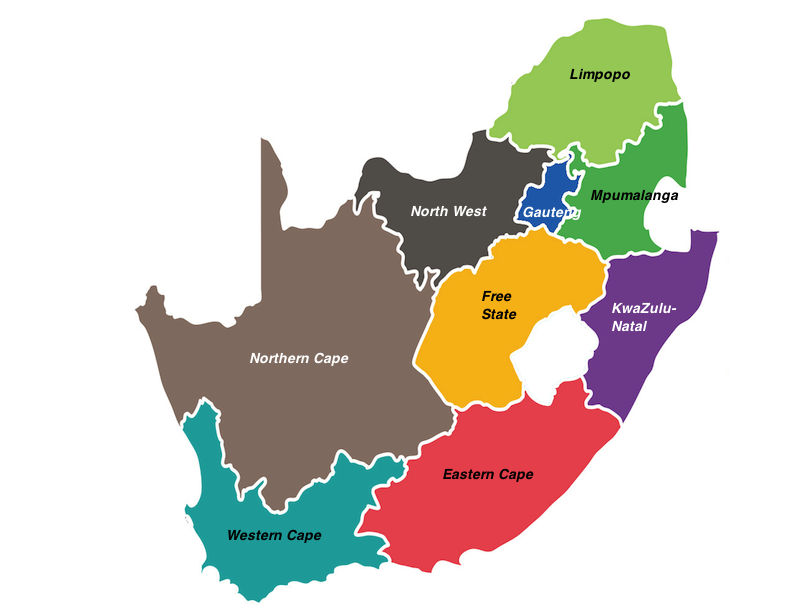
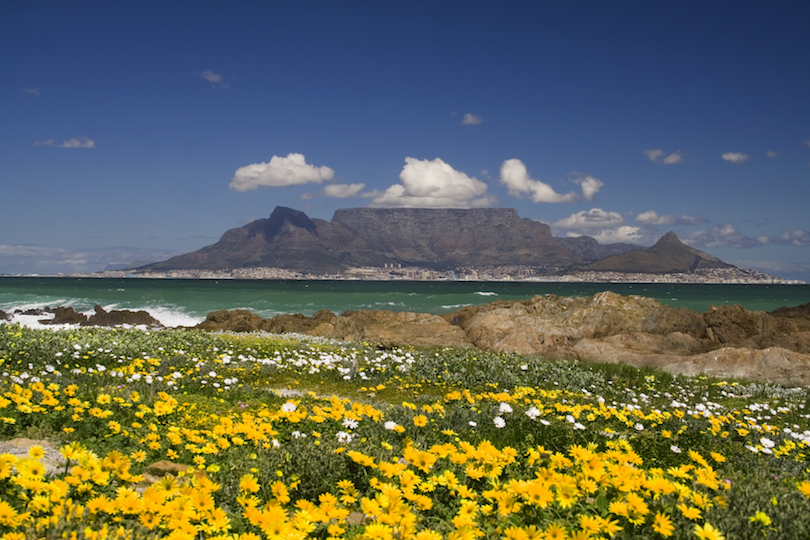
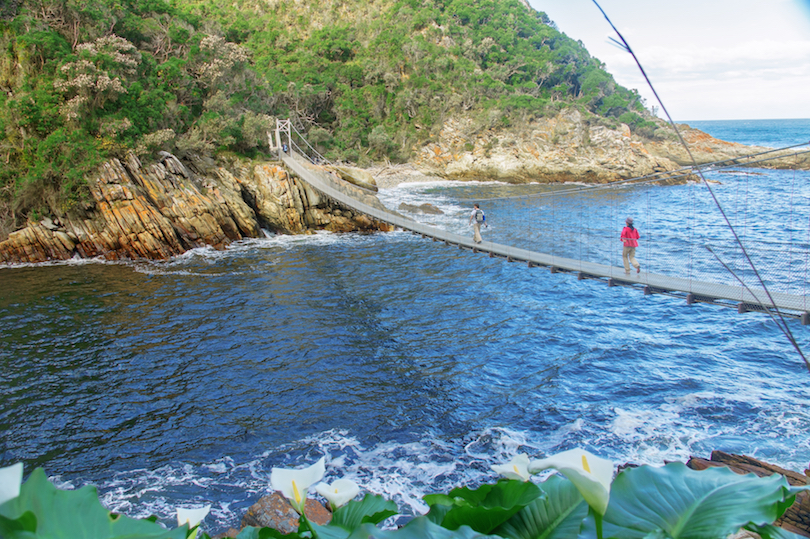
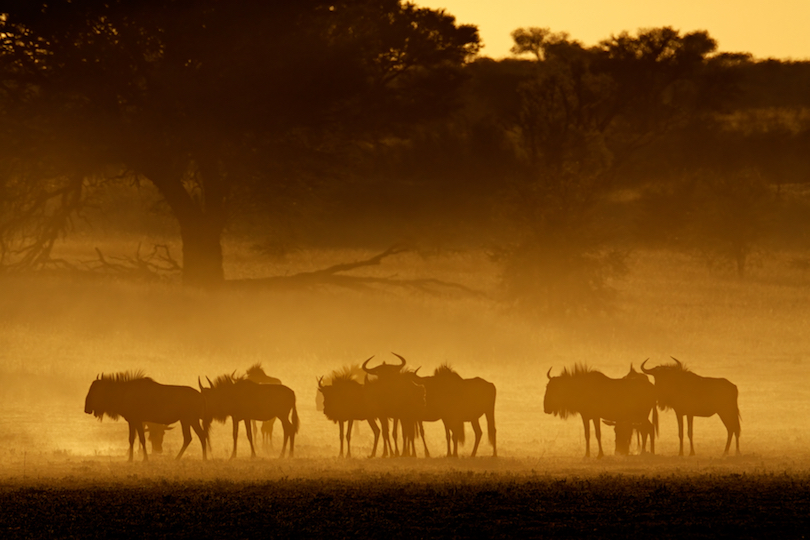
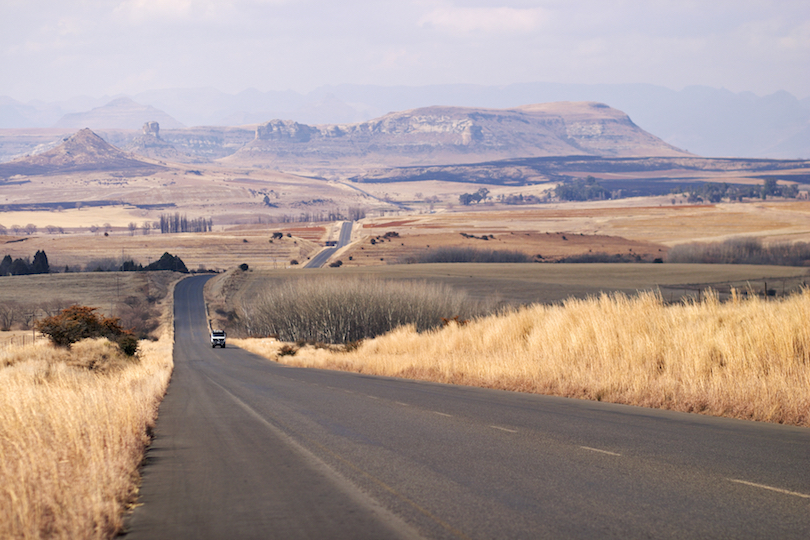
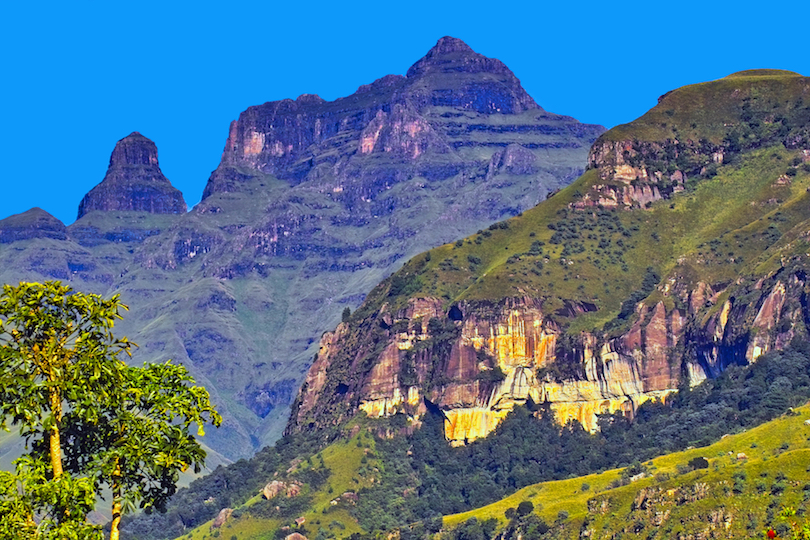
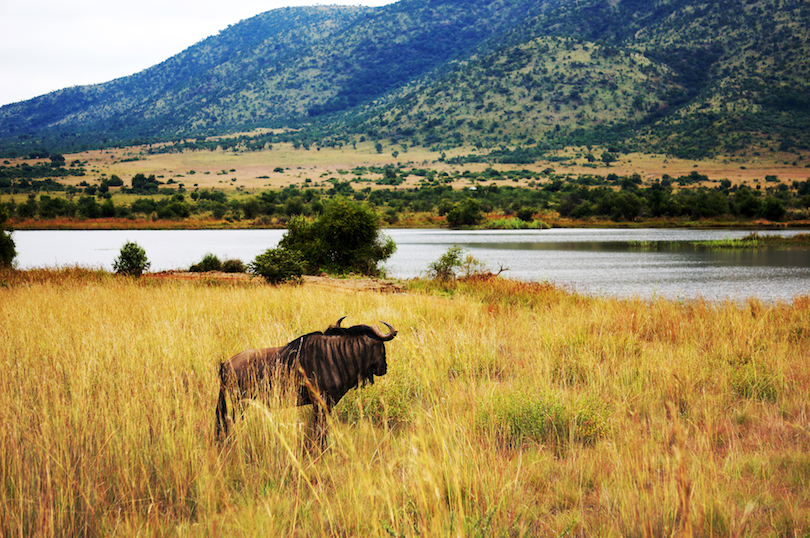
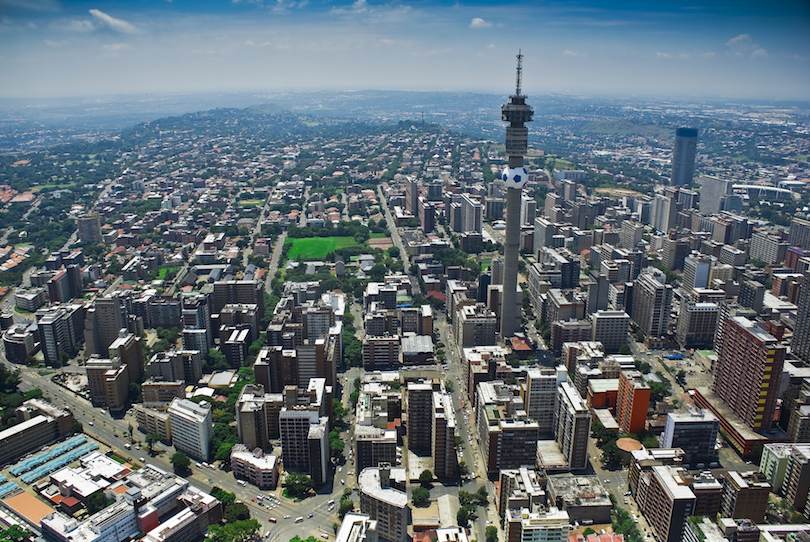
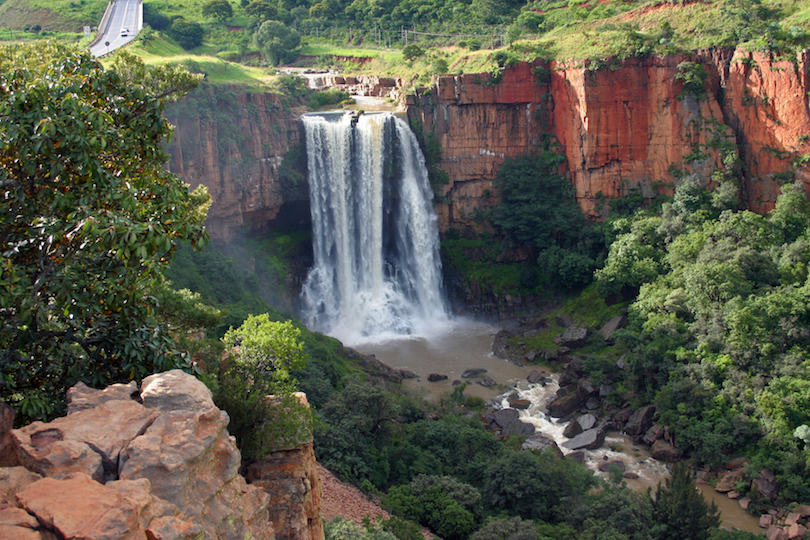
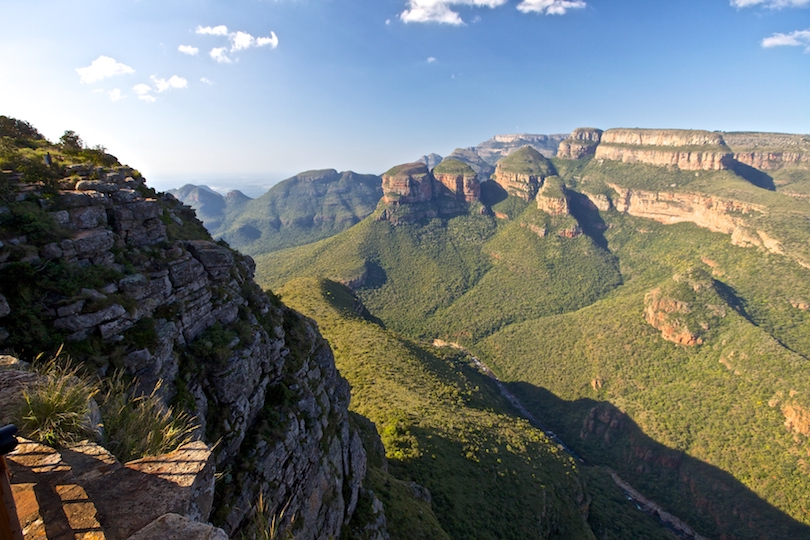
Leave a Reply